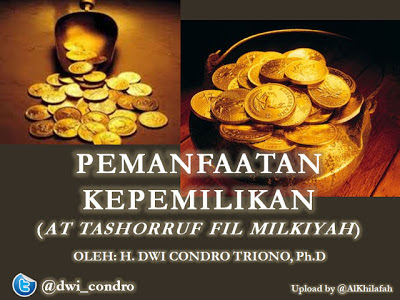Last year the world produced a record 2.1 billion tonnes of
grains, an increase of 5% on the year before. What is most shocking is that
although a total 2.3 billion tonnes of food will be produced in 2008, only 1.5 billion
is expected to be consumed. This highlights globally the failure to make better
use of existing food produce and to distribute it more efficiently and fairly.
Whilst some food stock will inevitably be destroyed due to poor storage, the
fact remains that man‐made policies have encouraged poor use and
wastefulness. The European Union has for many years given its farmers generous
subsidies under its Common Agricultural Programme (CAP). The result has been
that overproduction has taken place where excess ‘food mountains’ have been
deliberately destroyed in the past. Where they have been have given to the poor
in other parts of the world, they have been dumped at lower than the production
cost, ruining local producers.
America too provides its farmers generous subsidies. The result is
that whilst the IMF and the World bank force third world countries to end any
support they may give to their farming industry under the pretext of
encouraging efficiency, market liberalisation and structural reforms, Western
farmers derive a major portion of their income from government subsidies. The
sudden surge in food prices was due to speculators who have sought to diversify
investments away from bonds, securities and mortgage related debt. After the
credit crunch these were regarded as very bad investments. With money being
diverted into buying stocks of wheat, corn and oil at some point in the future,
using futures’ contracts, this speculation is a self feeding cycle of frenzied
increases.
In the same period Central Banks led by the Federal Reserve Bank
of America pumped hundreds of billions of dollars into the Western banking
system to save their banks and their financial system. This is one of the
consequences that America has utilized ever since it de‐ linked it's currency
from the Gold standard. Western governments chose to bail out these banks by
printing and lending them money, an expansionist monetary policy, rather than
risk the inevitable political consequences of these banks going bankrupt (As
was seen with Bear Stearns and Northern Rock). The result of this increase in
the global money supply has been global inflation. This in turn naturally
forced up the prices of goods and services denominated in dollars as there was
more dollars in circulation. As increase in money supply leads to the
devaluation of the currency i.e. its purchasing power reduces. All commodities
including food are denominated and traded in dollars on the world’s financial
markets.
With the amount of dollars circulating the financial markets
soaring, the current crisis has been exasperated by the fact that most
countries around the world, particularly poorer third world countries, hold
foreign currency reserves mostly in dollars. As the purchasing power of the
dollar has decreased, the worth of these dollar reserves has eroded, whilst at
the same time food prices have increased. Countries which rely on importing
food grains have been hit twice, in order for them to import food they would
need to use their dollar reserves which have lost their purchasing power (i.e.
they would need to use more dollars to buy the same amount of food), They would
in all cases need to buy more dollars from the foreign exchange markets to by
food which would mean they would need to sell their local currency to gain
dollars (affecting their own exchange rate) and then buy food which is
continually rising in price. As a result prices for food and other imported
goods and services have increased in proportion to the inflationary effect.
The sub‐prime crisis has been exported to the poorest parts
of the world by the US in order to save their financial system from ruin by
literally printing more money. The media has been concentrating on the
immediate causes, which has avoided a discussion on the deeper issues and causes.
A large chunk of land goes into producing products that are unnecessary or
excessive in their production, such as tobacco and sugar. Also 80% of the
world’s production is consumed by the wealthiest 20%. The global food shortage
in the coming months will further intensify as the increase in money supply
slowly distributes itself through the global economy. As Western governments
continue to pump money into their failed financial systems, the full effects of
inflationary pressures are yet to be felt.
Download the Book The Global Credit Crunch and the Crisis of
Capitalism here















